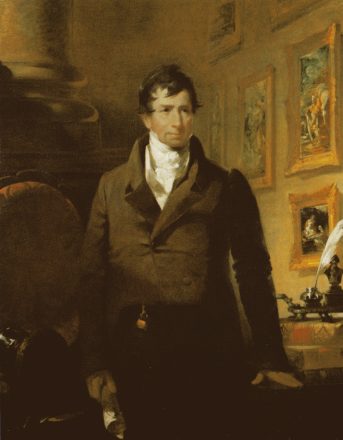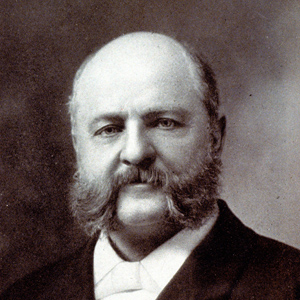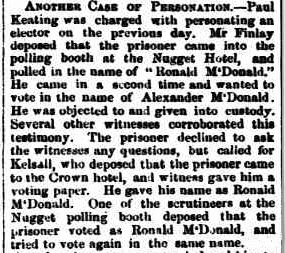
William Dewees (1768-1841) was an American physician, academic and medical author. Dewees was born to a farming family in Pottsgrove, just south of Philadelphia. Despite a lack of medical training and a rudimentary education, at age 21 Dewees set up shop as the local physician in nearby Abington. He worked to improve his knowledge, however, reading voraciously and studying under the French obstetrician Baudeloegue.
In the 1820s, Dewees authored a series of books on maternal health, midwifery and childcare. His theories were unpopular in Europe, where they were met with scorn and criticism, but Dewees became one of the United States’ most prominent experts on obstetrics.
Like others of his era, Dewees was prone to the occasional wacky theory. He was an advocate of maternal impression – the idea that a woman’s fantasies and experiences could shape or deform her unborn child – and he advised expectant mothers to eat less, not more. Writing in 1825, Dewees also urged pregnant women to avoid sore nipples by toughening them in the last trimester:
“We must rigorously enforce the rules we have laid down for the conduct of the woman immediately after delivery. Besides this, the patient should begin to prepare these parts previously to labour, by the application of a young but sufficiently strong puppy to the breast. This should be immediately after the seventh month of pregnancy. By this plan the nipples become familiar to the drawing of the breasts. The skin of them becomes hardened and confirmed, the milk is more easily and regularly formed, and a destructive accumulation and inflammation is prevented.”
After childbirth, the puppy should be replaced by the infant (in case it wasn’t obvious). The mother should then wash the nipples daily with warm water and soap. She should also avoid compressing the breasts with clothing, Dewees’ advice being to protect them by creating:
“…an opening in the jacket, corset or stays, so as to leave them at liberty.”
In 1834 Dewees was appointed as professor of obstetrics at University of Pennsylvania. He remained in this post until his death in 1841.
Source: William P. Dewees, A Treatise on the Physical and Medical Treatment of Children, 1825. Content on this page is © Alpha History 2019-23. Content may not be republished without our express permission. For more information please refer to our Terms of Use or contact Alpha History.



